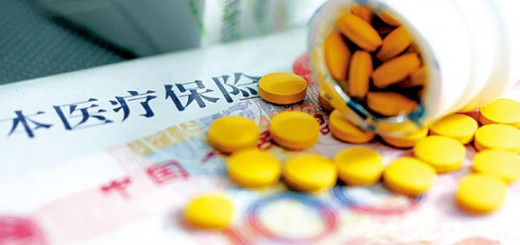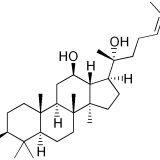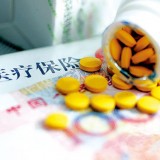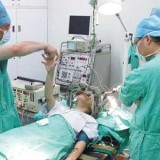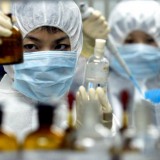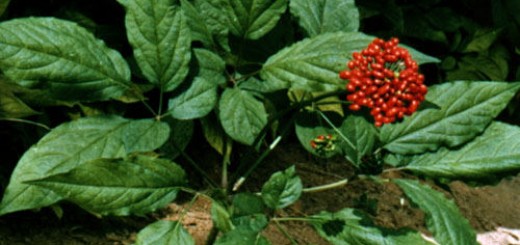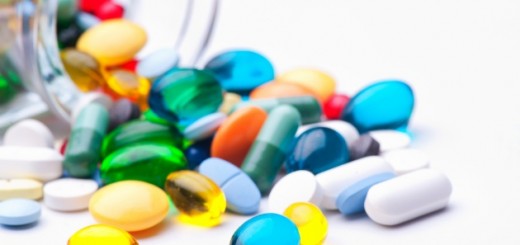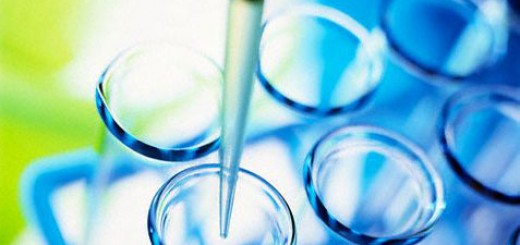Alzheimer’s disease (AD) is the most common form of dementia. There is no cure for the disease, which worsens as it progresses, and eventually leads to death. In 2006, there were 26.6 million people worldwide with AD. Alzheimer’s is predicted to affect 1 in 85 people globally by 2050.
Alzheimer’s disease is characterised by loss of neurons and synapses in the cerebral cortex and certain subcortical regions, leading to degeneration and gross atrophy of the affected regions such as the temporal lobe and parietal lobe, and parts of the frontal cortex and cingulate gyrus. Both amyloid plaques and neurofibrillary tangles are clearly visible by microscopy in brains of those afflicted by AD.
There is no cure for Alzheimer’s disease; available treatments offer relatively small symptomatic benefit but remain palliative in nature.
Dr. Zhang, from Shandong University, China, found that Rg1, a ginsenoside extracted from Ginseng, is able to improve the learning and memory abilities in rat dementia induced by D-galactose introperitoneal injection.
In the experiment, rat dementia model was successfully created by D-galactose intraperitoneal injection plus ovary surgical removal. Rg1 injection at 5-20mg/kg/d significantly restored impaired cognitive capacity in demented rats, the time of crossing Morris water maze was shorted, and the number of crossing maze was increased, in a dose-dependant manner. Also, Rg1at 10mg/kg/d reduced the beta-amyloid accumulation by 1/3.
ADAM10 is an important protease cleaving beta-amyloid precursor protein, and its reduction is commonly seen in Alzheimer’s disease. However, BACE1 is positively related to dementia. In this experiment. Rg1 injection markedly restored the level of ADAM10, the neuron cells positive of ADAM10 staining increased from 12% in demented rats to 66% after Rg1 intervention. In contrast, the level of BACE1 reduced from 62% to 19% after Rg1 injection.
Furthermore, caspase 3, an enzyme involved apoptosis initiation, was activated in brain hippocampus in dementia model, but was reduced after Rg1 treatment.
Above results suggest ginsenoside Rg1 increases cognitive capacity in demented rats through increasing ADAM10 level, reducing BACE1 and caspase 3 activities. The finding implies that ginsenoside Rg1 could be of potential therapeutical value in treatment of Alzheimer’s disease.
The following the abstract of this doctoral dissertation:
















